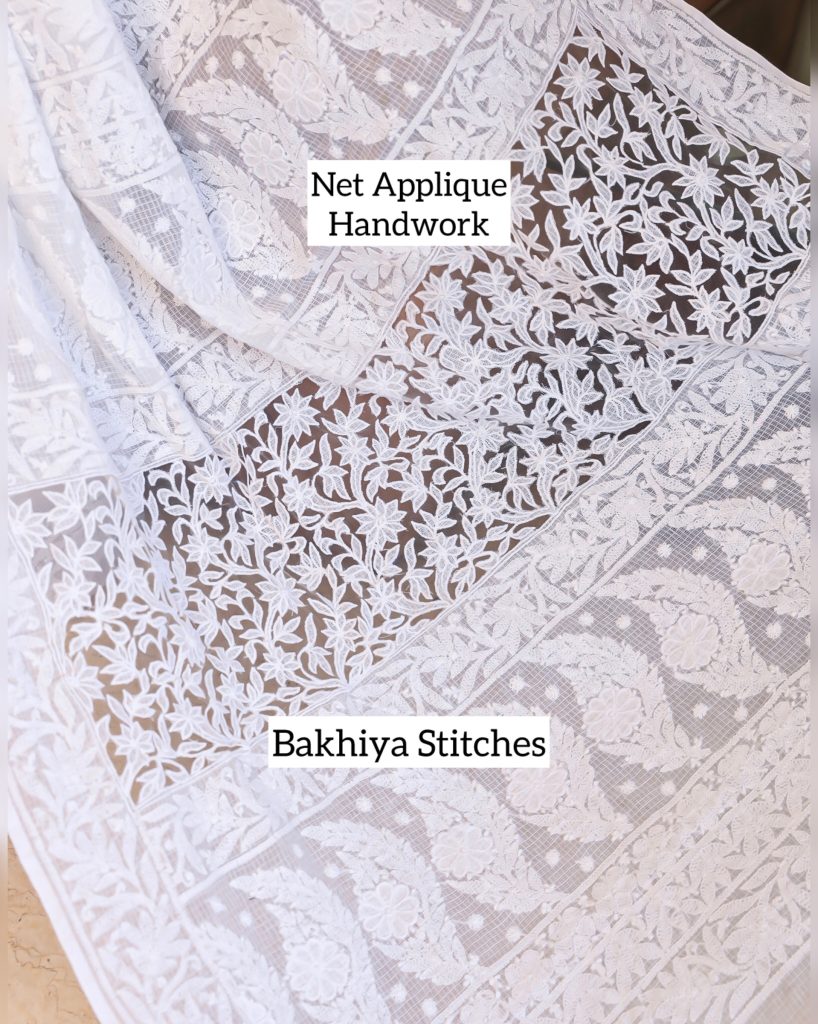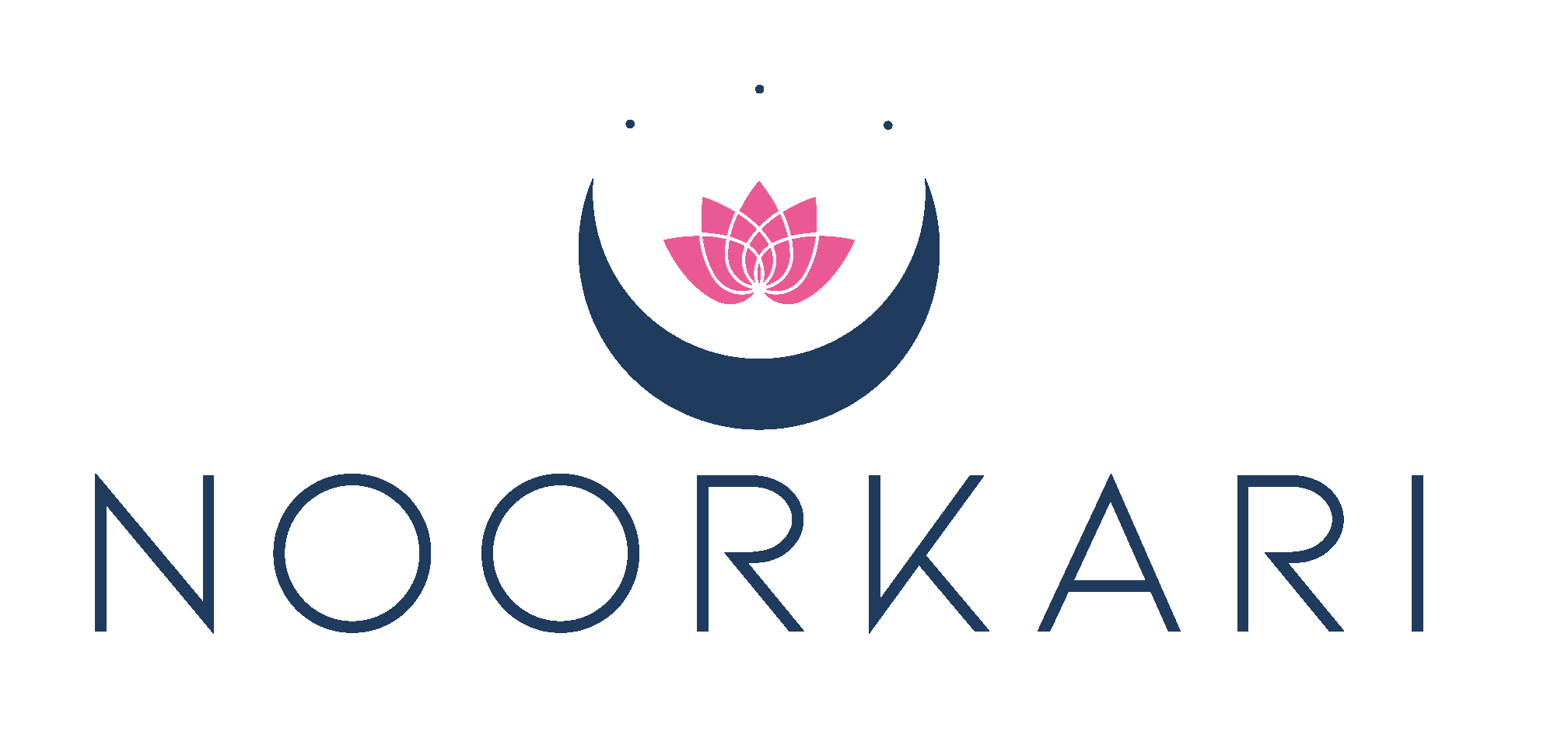Embellishment Of Chikankari
Chikankari, also known as “Lucknowi Chikan,” is a form of hand-embroidery that involves delicate stitches on fabric to create beautiful, intricate designs. The technique uses various types of threads such as cotton, silk, or wool, and is traditionally done on fabrics like muslin, chiffon, or georgette. The main characteristic of Chikankari is its subtlety and refinement, making it one of the most coveted forms of Indian embroidery.

Types of Embellishment
Zari Work: Zari, which involves the use of metallic threads like gold or silver, is often incorporated into Chikankari to add a touch of opulence and richness. This is usually seen in festive and bridal Chikankari garments. Zari embellishments highlight the floral or geometric patterns embroidered onto the fabric, making the design more striking and glamorous.

Mirror Work: A popular embellishment in many traditional Indian textiles, mirror work adds a unique dimension to Chikankari embroidery. Small mirrors or reflective discs are sewn into the fabric, capturing and refracting light. This not only gives the embroidery a distinct shine but also enhances the visual appeal by making the design more vibrant and eye-catching.

Beads and Sequins: To enhance the embroidery further, artisans add beads, sequins, or small pearls. These embellishments help reflect light, giving the fabric a glistening, radiant appearance. Beadwork is often used to accentuate the floral motifs, adding a three-dimensional effect. Sequins can be scattered throughout the design or applied in specific areas to create a shimmering contrast against the subtle stitchwork.

Patchwork and Appliqué: While Chikankari is traditionally known for its fine needlework, some modern variations include patchwork and appliqué techniques. This is where additional pieces of fabric are sewn onto the base material to form a design. These can be made from contrasting fabrics or in different shapes to complement the original Chikankari motifs, creating a more layered and textured effect.

Stone Embellishments: Semi-precious stones or crystals are sometimes used in Chikankari embroidery to create a luxurious finish. The stones are usually placed at the center of flowers or as accents around the design, adding depth and enhancing the embroidery’s overall elegance.

While Chikankari handcraft has deep historical roots, it has evolved to meet modern fashion trends. The incorporation of embellishments like beads, sequins, and zari has made Chikankari highly sought after in contemporary wardrobes. Designers have blended traditional handwork with modern silhouettes, creating pieces that are not only elegant but also functional and stylish.
Chikankari can be seen in a range of garments today, from sarees and lehengas to modern kurtis and tunics. Accessories like handbags, scarves, and even home décor items also feature this traditional embroidery, showcasing how versatile this art form is.
The allure of Chikankari lies in its intricate beauty and the rich history behind the craft. Each piece is a work of art, crafted by skilled artisans who have honed their craft over generations. By wearing or using Chikankari, you are not only adding a beautiful and unique piece to your wardrobe but also supporting a centuries-old tradition.
Additionally, Chikankari garments are known for their lightweight, breathable fabric, making them ideal for both warm and cool climates. Whether you’re wearing a summer Chikankari dress or a winter shawl with subtle zari embellishments, the fabric provides comfort without compromising on style.



Add comment